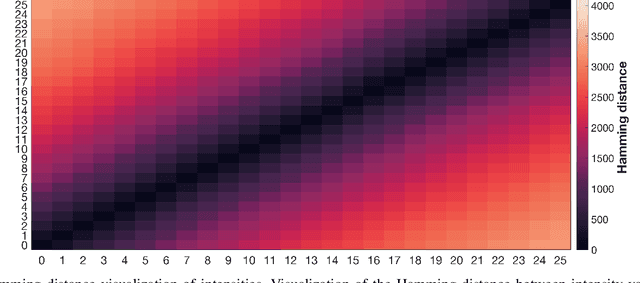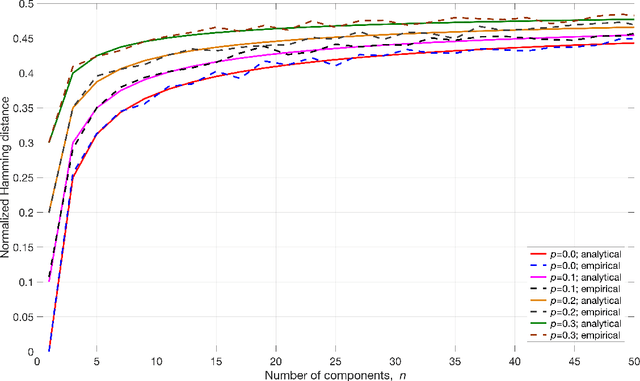Ross W. Gayler
Commentaries on "Learning Sensorimotor Control with Neuromorphic Sensors: Toward Hyperdimensional Active Perception" [Science Robotics Vol. 4 Issue 30 (2019) 1-10
Mar 25, 2020

Abstract:This correspondence comments on the findings reported in a recent Science Robotics article by Mitrokhin et al. [1]. The main goal of this commentary is to expand on some of the issues touched on in that article. Our experience is that hyperdimensional computing is very different from other approaches to computation and that it can take considerable exposure to its concepts before attaining practically useful understanding. Therefore, in order to provide an overview of the area to the first time reader of [1], the commentary includes a brief historic overview as well as connects the findings of the article to a larger body of literature existing in the area.
Vector Symbolic Architectures answer Jackendoff's challenges for cognitive neuroscience
Dec 13, 2004Abstract:Jackendoff (2002) posed four challenges that linguistic combinatoriality and rules of language present to theories of brain function. The essence of these problems is the question of how to neurally instantiate the rapid construction and transformation of the compositional structures that are typically taken to be the domain of symbolic processing. He contended that typical connectionist approaches fail to meet these challenges and that the dialogue between linguistic theory and cognitive neuroscience will be relatively unproductive until the importance of these problems is widely recognised and the challenges answered by some technical innovation in connectionist modelling. This paper claims that a little-known family of connectionist models (Vector Symbolic Architectures) are able to meet Jackendoff's challenges.
 Add to Chrome
Add to Chrome Add to Firefox
Add to Firefox Add to Edge
Add to Edge